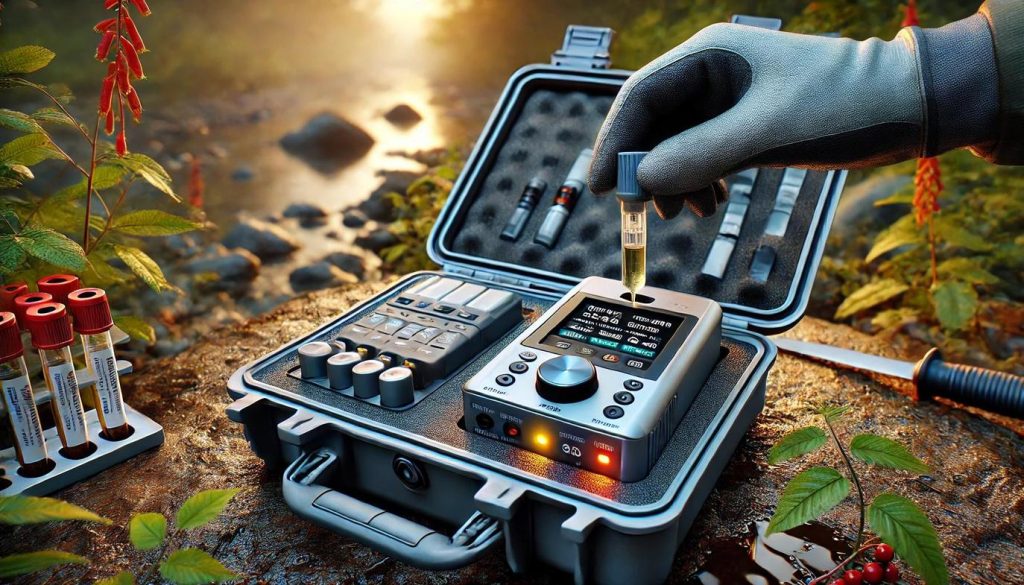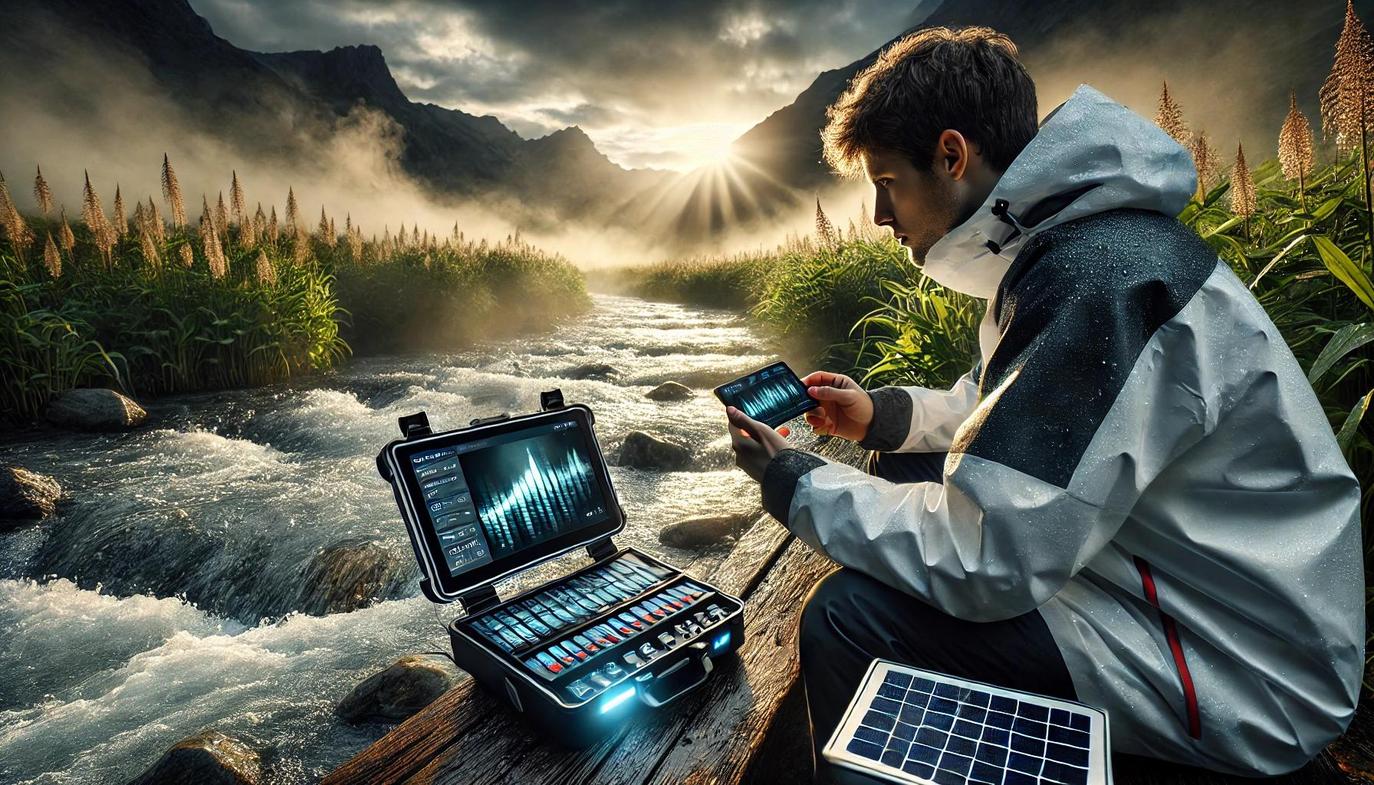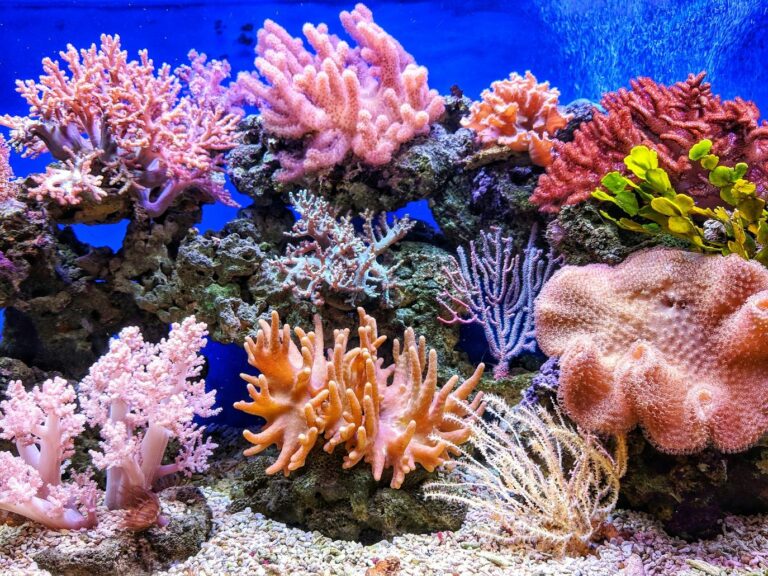You’re standing ankle-deep in a marsh, wrangling bottles of water that feel heavier than your pack. You’ve just spotted a slick of oil seeping through the reeds, and you know that by the time you get back to the lab, the window to catch the most telling biomarkers will have closed.
What if, instead, you could retrieve a device the size of your phone from your pocket, conduct a series of tests immediately, and transmit the results to your team in real time? The wave of miniaturized science equipment flooding environmental labs has transformed this scenario from a fantasy to the standard of the future.

Pocket-Sized Powerhouses: Shrinking the Benchtop
Just a few years ago, assessing water quality meant lugging samples back to a climate-controlled lab and waiting for days. Today, microfabrication techniques let researchers embed pumps, detectors, and processors into handheld units. Consider these examples of the new pocket-sized powerhouses:
- Compact chromatography systems are designed to fit into pelican cases.
- Battery-powered spectrometers that can be clipped to a belt.
- Handheld analyzers process microliter volumes, reducing reagent waste and accelerating results.
Users can simply insert a cartridge into a streamlined workflow, and within minutes, the device delivers clear readings on heavy metals or nutrient levels, providing actionable data immediately.
Precision Dispensing with SciDrop Pico
A notable breakthrough in the field is a precision dispenser capable of depositing droplets down to 300 picoliters. Called the SciDrop Pico, this pocket-sized handler revolutionizes assays when sample volume is limited or reagents are costly. In one pilot study, a team testing Arctic permafrost microbes used SciDrop Pico to combine soil extracts with fluorescent probes in sub-nanoliter doses—the consistency was so tight that every replicate matched within a few percentage points.
Automation eliminates the risk of hand-pipetting errors and cross-contamination. Once programmed, the portable dispenser flawlessly handles thousands of droplets, all from a unit compact enough to fit in a field vest.
Field-Ready Sequencing and Sensing
DNA sequencing was once tethered to 1,000-square-foot facilities, but that is no longer the case. Portable nanopore sequencers now weigh under 200 grams and draw power from a USB port. Point a stream sample through a microfilter, load a flow cell, and within hours you’ll see which bacteria are thriving—and which pathogens are taking over. Similarly, tiny mass spectrometers and infrared sensors let you scan soil or air for pollutants on-site.
These devices feed raw spectra into cloud-based analytics engines powered by AI, which flag anomalies and propose next steps. This process eliminates the delay of shipping samples across time zones, creating a direct, real-time data pipeline from the field to the dashboard.
Streamlined Workflows in the Wild
Imagine a unified workflow: collect soil slurry, drop it into a microfluidic cartridge, snap the cartridge into your handheld analyzer, and watch as integrated pumps and sensors execute extraction, separation, and detection in a single run. This single, integrated process replaces a complex workflow, consolidating an extractor, a mixer, a column, and a detector into a device not much larger than a deck of cards.
For environmental consultants working in remote regions, this consolidation slashes logistics costs and simplifies training, as they only need to carry spare cartridges, not heavy glassware or spare parts. Accessibility has a profound impact at the community level. In remote villages, local scientists can run tests after a single afternoon’s training, generating data that informs water-safety initiatives within days, not weeks.
Challenges and the Path Forward
However, this technology is not without its limitations. Microfluidic chips demand precision materials and can clog when samples are full of debris. Portable devices struggle with power and temperature control in extreme climates. And the torrent of data they generate requires secure, interoperable software pipelines. Yet the momentum is undeniable: low-cost, disposable microfluidics are now mass-producible, and field-grade electronics continue to shrink in size and price.

The Lab in Your Pocket: A New Era for Environmental Science
The shift from centralized, time-consuming laboratory analysis to real-time, on-site field testing marks a pivotal moment for environmental science. Miniaturized equipment, such as portable DNA sequencers and handheld spectrometers, propels this transformation by empowering researchers with unprecedented analytical power.
By providing immediate, actionable data, these tools accelerate our capacity to diagnose and respond to environmental threats. The movement toward easily accessible, field-ready science is radically changing how we monitor and safeguard our planet, even though durability and data management continue to be major obstacles.
Frequently Asked Questions
What are the main benefits of miniaturized lab equipment?
The primary benefits include portability for on-site analysis, faster turnaround times for results, reduced consumption of chemical reagents, and lower overall operational costs compared to traditional lab-based testing.
Are there any downsides to using portable field equipment?
Yes, challenges include the potential clogging of microfluidic chips from debris-heavy samples, maintaining stable power and temperature control in extreme environments, and managing the large amounts of data generated.
How does this technology impact community science?
It empowers local communities by making scientific testing more accessible. With simplified workflows and handheld devices, community scientists can gather and analyze environmental data quickly, informing local safety initiatives without long delays.




